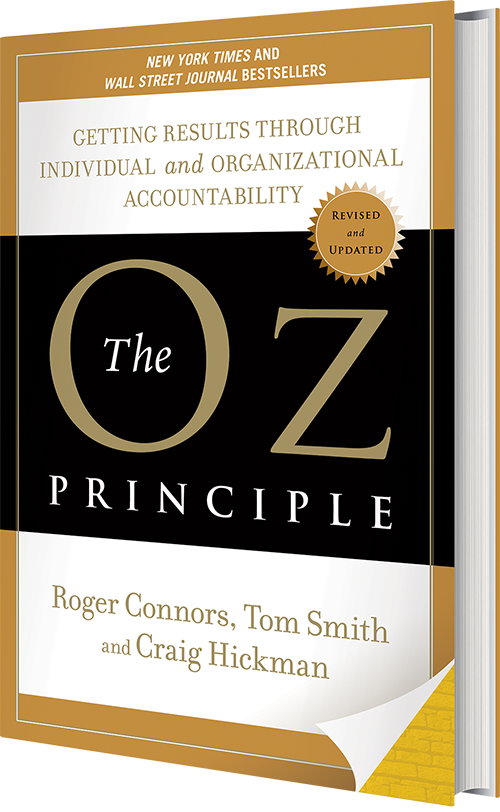

Following the science, we landed on something essential, rather than exhaustive: Leaders at Microsoft should Create clarity, Generate energy, and Deliver success.

Here’s a summary of our findings.Ī few years back we helped Satya Nadella and the team at Microsoft define a new approach to leadership, in order to drive their new culture. It sounds simple, yet nearly every company we talk to falls into traps along the way.

We call this the “PHS model of change,” for Priorities, Habits and Systems. As a simple example, you can get people to want to be healthier, but to do so they have to actually go and exercise, and that’s much easier if give them a gym to use and get them to schedule this in their calendars ahead of time. The third step involves systems that support everything, to keep the priorities and habits alive. Building habits take time and attention, it doesn’t happen by just wanting to. The second step, the harder work, involves building true habits that support these priorities. Without those three factors, people will not pay sufficient attention to a change. They need to appear desirable, as well as feasible. These priorities need to be easily recallable, sticky ideas that make complete sense with everything else going on and get people thinking in new ways. Research suggests that three types of activities need to occur for an organizational (or individual) change to succeed.įirst off, every employee needs to understand that there are new priorities that really matter. Science and business have yet to overlap. We have a hypothesis for what is at the heart of this change problem: The prevailing theories for how to change organizational culture simply don’t line up with the latest science about how humans learn, develop, and grow. In case after case, everything was right - the strategy, the plans, the budget - but the people were not changing. By far, the biggest factor in why organizational change fails, involves a failure to change human habits. You might assume the biggest factors were some combination of poor strategy or lack of investment. Recently, we undertook some research on why these large culture change initiatives fail. Does it have to be this way? And if not, what are we missing that could make a difference?Īt the NeuroLeadership Institute, we study how the brain works in order to make organizations more human.

That’s a lot of upheaval, unemployment, and disruption. It means that the majority of firms trying to adapt to a new world simply won’t succeed. One study showed that while the vast majority of companies plan to redesign how they work, only 18% of employees feel “change agile.” Another study suggests that only roughly 37% of change initiatives succeed.


 0 kommentar(er)
0 kommentar(er)
